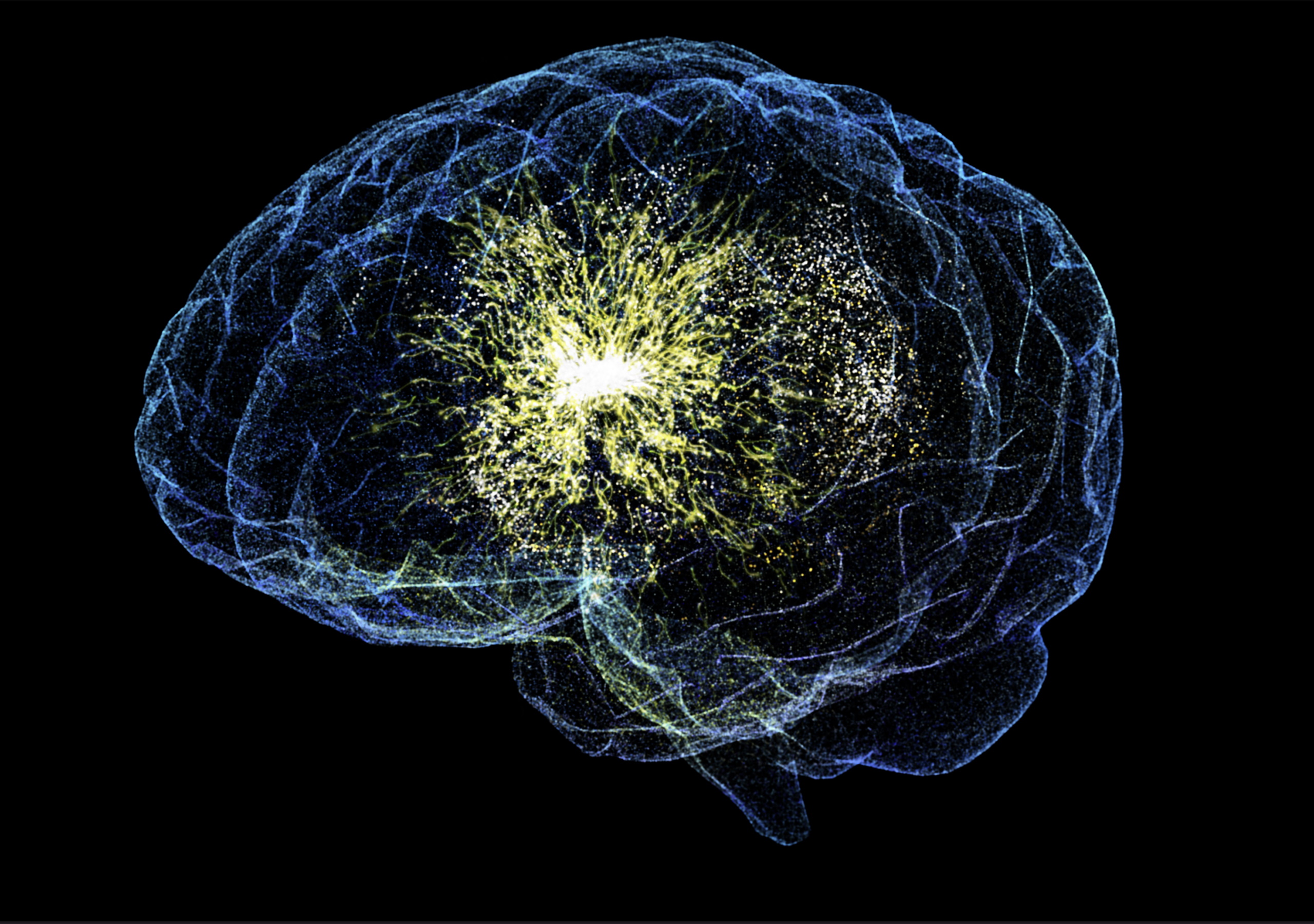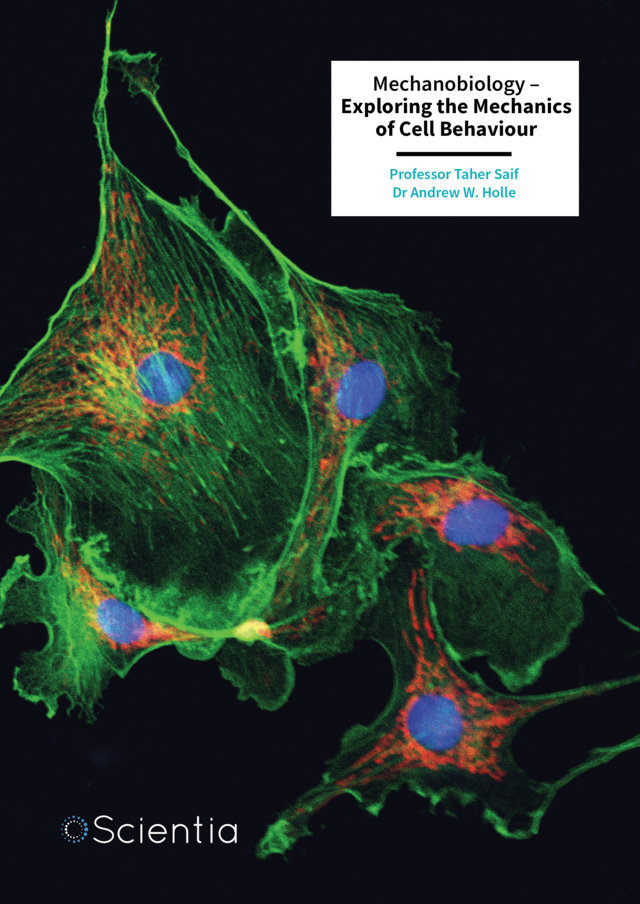Research from Professor Germaine A. Hoston at the University of California, San Diego, reveals how traditional Chinese philosophical idealism influenced the development of Chinese Marxism. Her findings demonstrate that despite their rejection of China’s feudal past, key Chinese Marxist theorists like Li Dazhao and Mao Zedong incorporated elements of Neo-Confucian idealism into their revolutionary philosophy. This “sinification” of Marxism drew particularly on concepts of consciousness, will, and the unity of knowledge and action from traditional Chinese thought, creating a uniquely Chinese revolutionary philosophy that challenged Soviet economic determinism. More
When we think of Marxist revolutionary movements, we typically imagine a wholesale rejection of traditional philosophies and cultural values. In the case of China, the conventional narrative suggests that Chinese Marxists completely abandoned Confucian traditions in favor of Western revolutionary theories. However, Professor Hoston’s research challenges this understanding by demonstrating how elements of traditional Neo-Confucian idealism were incorporated into Chinese Marxism, creating a revolutionary philosophy distinct from its Soviet counterpart.
The philosophical tradition known as Confucianism, or “Ruism” in Mandarin, was developed by Chinese philosopher Kongzi (Confucius) around 500 BCE and dominated Chinese intellectual life for more than two millennia. Founded on the ideas of social harmony, familial piety and respect, and ethical conduct more generally, Confucianism is often associated with conservatism and imperial authority. However, Confucianism contained elements that could support revolutionary change. Neo-Confucianism incorporated Buddhist and Daoist influences while reinterpreting classical Confucian texts. This tradition developed into two major schools: Zhu Xi’s Rationalist School and Wang Yangming’s Idealist School.
Both these schools were philosophically idealist, meaning they emphasized the role of consciousness, mind, and spiritual elements in understanding reality. Zhu’s approach to epistemology – the study of how we gain knowledge and how we know what we know – can be described as “epistemological idealism,” recognizing the existence of the material world but emphasizing the role of the mind-and-heart in comprehending it. Wang’s school represented “metaphysical” or “ontological” idealism, giving even greater importance to consciousness and the mind-and-heart as the origin of reality itself.
Professor Hoston argues that three elements of Neo-Confucian idealism were incorporated into the “sinified” Marxism – Marxism adapted to the Chinese context – that emerged by the 1940s. First, Chinese Marxists acknowledged the real existence of the material world while recognizing the role of the mind-and-heart in understanding that world, drawing on Zhu Xi’s Neo-Confucianism. Second, they emphasized human will and consciousness, drawing on Wang Yangming’s philosophy. Third, they recognized an autonomous, even decisive role of consciousness and culture in revolutionary change.
These idealist elements might seem incompatible with Marxism’s materialist foundations (that is, Marxism’s focus on the primacy of the physical world over the mental or spiritual world). However, Hoston notes that Chinese Marxists had virtually no access to the writings of the young Marx, where the influence of Hegelian idealism was most evident. Their understanding of Marxism came primarily through texts like Engels’s “Socialism: Utopian and Scientific” and Soviet works that presented a mechanical, deterministic view of historical materialism. Thus, Chinese revolutionaries were unaware that they were reviving elements that actually existed in Marx’s early thought.
Professor Hoston examines how Neo-Confucian idealism influenced two key Chinese Marxist thinkers: Li Dazhao, co-founder of the Chinese Communist Party, and Mao Zedong, who became the Party’s leader from the 1930s onward. Li incorporated Neo-Confucian ideas about consciousness, the malleability of the human spirit, and the supremacy of voluntarism (emphasis on human will) over determinism. Li drew from Zhou Dunyi’s cosmology embracing the idea of the unity of the universe and perpetual change. His dialectical understanding of history was consistent with the I Ching, or Book of Changes, a classical text that underpinned Neo-Confucian thought.
For Li, consciousness rather than institutions emphasized by other philosophers was the motive force of history. He stressed that human consciousness could be developed to construct a stateless communist society despite China’s socioeconomic backwardness. Li reinterpreted Lenin’s theory of imperialism to argue that the “peasant peoples of the East” could develop proletarian consciousness because of their international position, regardless of their actual socioeconomic class within China.
Mao Zedong’s thought shows even more pronounced Neo-Confucian influence. In his philosophical works “On Practice” and “On Contradiction,” Mao incorporated Neo-Confucian concepts regarding contradiction and change, the relationship between universality and particularity, the unity of theory and practice, and the importance of human consciousness and will.
Particularly striking is how Mao’s epistemology – his theory of knowledge – resembles Zhu Xi’s description of learning. For Zhu, learning proceeds from studying particular things to identify the principle in them, ultimately comprehending Universal Principle/Reason. Similarly, Mao described knowledge as progressing from the particular to the general, from phenomena to essence. Mao’s description of “rational knowledge” as understanding “the development of the surrounding world in its totality” parallels Zhu’s epistemology.
Mao also drew heavily from Wang Yangming’s emphasis on the unity of knowledge and action. Wang insisted that one cannot know without acting, that “those who are supposed to know but do not act simply do not yet know.” This perspective shaped Mao’s understanding of the relationship between theory and practice, resulting in a dialectical spiral where practice leads to knowledge, which is tested by further practice and refined into deeper understanding.
The most significant contribution of Neo-Confucian idealism to Chinese Marxism lay in Mao’s insistence on the importance of human consciousness and will and the resulting autonomy of culture. Unlike orthodox Soviet Marxism, which viewed cultural change as a secondary effect of socioeconomic revolution, Mao and fellow theorist Liu Shaoqi saw cultural revolution as a prerequisite for achieving a stateless communist society. Mao wrote, “Revolutionary culture prepares the ground ideologically before the revolution comes and is an important, indeed, essential fighting front during the revolution.”
This perspective led to the Rectification Campaign in the early 1940s, which sought to transform the consciousness of party members. Drawing directly from Neo-Confucian concepts of self-cultivation, Mao and Liu emphasized the need to “rectify” incorrect thoughts in the minds of revolutionaries. Liu’s famous article “How To Cultivate Oneself To Be a Good Communist” explicitly referenced self-cultivation in the Confucian tradition.
Together, these idealist elements created a Chinese Marxism that was more community-affirming and spiritually robust than Soviet Marxism, with a greater emphasis on individual consciousness and will. Professor Hoston argues that sinified Marxism can legitimately be regarded as a revolutionary New Confucianism, one that deployed elements conventionally viewed as integral components of a revolutionary philosophy.
The implications of this research extend beyond understanding Chinese Marxism. Professor Hoston suggests that the humanistic, liberative values found in Neo-Confucian idealism could be mobilized against contemporary authoritarian forces to support human rights and democratization within China and beyond. At a time when Confucianism is being used to legitimate a resurgence of authoritarianism in China, recognizing the progressive potential of this philosophical tradition becomes particularly significant.







